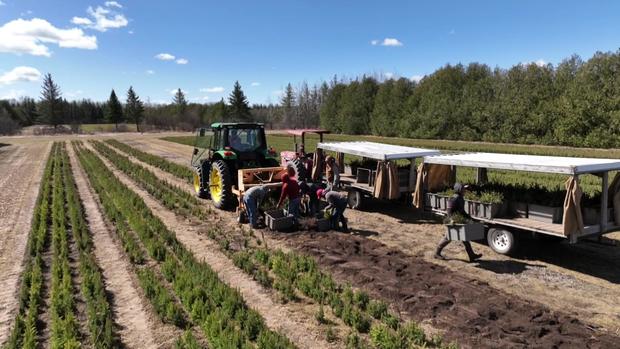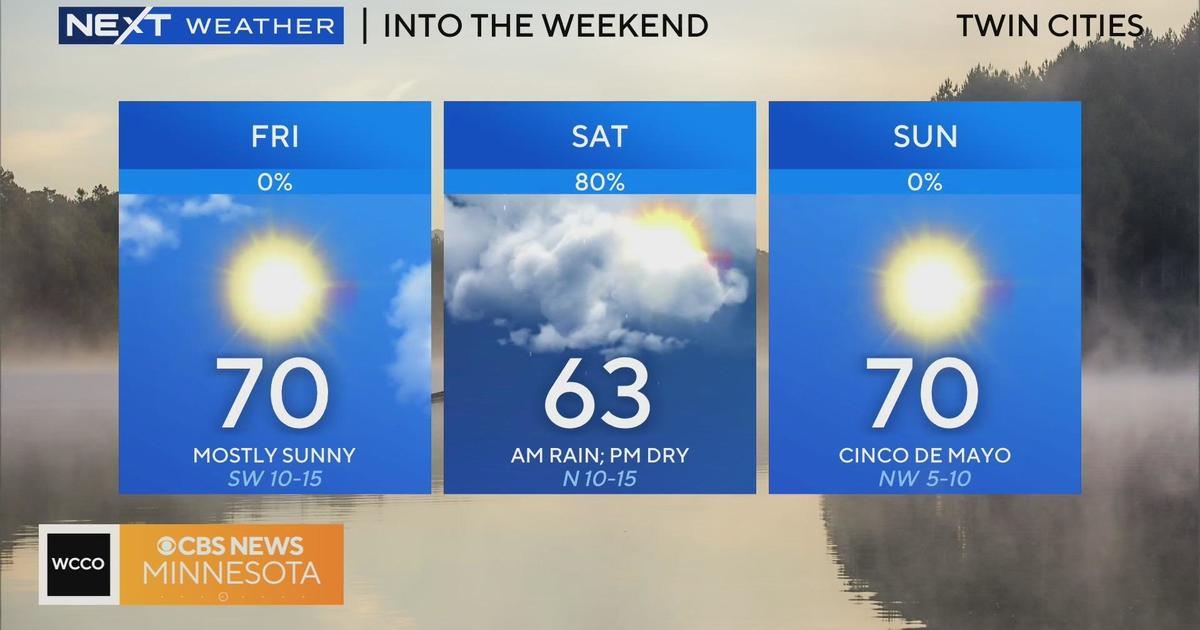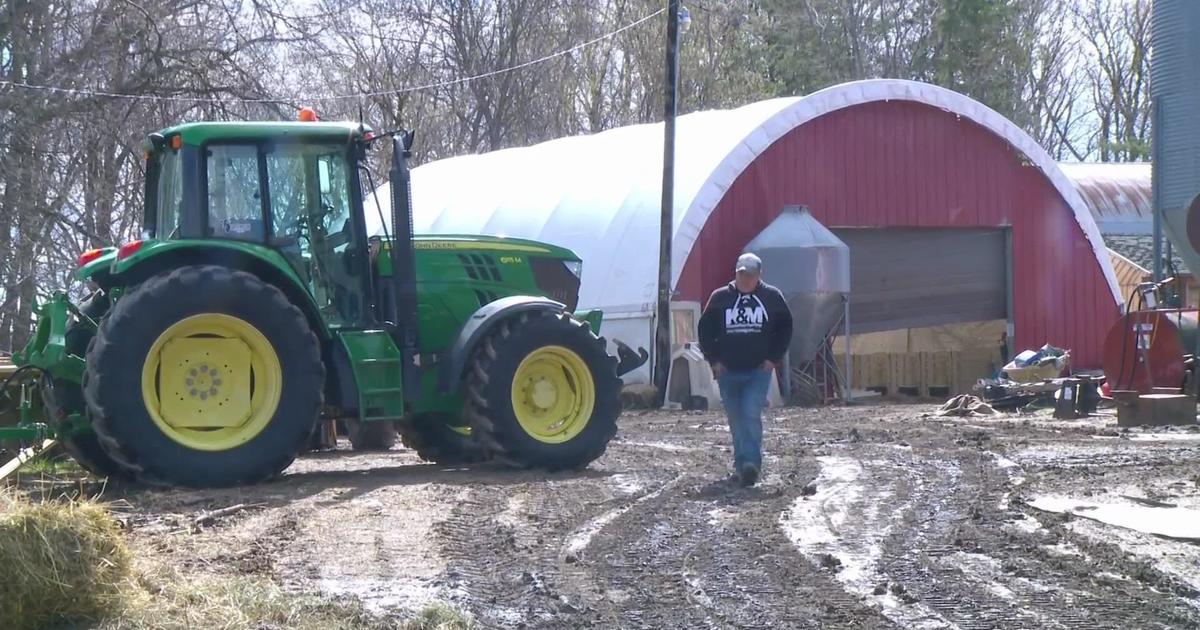Experts say Minnesota's Northwoods could disappear within 50 years. Here's what's being done about it.
AKELEY, Minn. — Minnesota farmers know it. Gardeners do, too. The average low temperatures in our state are warming quickly — especially in the past 10 years.
Because of that shift, some scientists are now sounding the alarm. They say Minnesota's northern forests are on the brink and could disappear within the next 50 years.
So what are we doing about it?
Forests of the future are forged at Minnesota's lone State Forest Nursery near Akeley.
"We have about a four- to six-week window to get them out of ground, packed, shipped and out to the planting sights before they wake up," said Minnesota Department of Natural Resources Forestry Manager Doug Tilma.
Like clockwork, it's time for the annual spring lift.
"We're giving more homes for wildlife we're doing a lot for our communities also," said Denita Vandeneykel, who has worked at the nursery for a few seasons.
But this year the stakes are higher and the philosophy is changing because scientists say Minnesota's Northwoods are on the brink.
"The pace of adaptation is too slow to keep up with climate change," said Julie Etterson, a University of Minnesota Duluth Biology professor and researcher.
Etterson's research reveals that warming temps are stressing our forests.
"We have been thinking about what we can do now to help our forests transition as climate changes around them," she said.
And if that help doesn't arrive soon, she and other researchers say the deep, dark boreal forests we know in northern Minnesota could become mostly grasslands within the next 50 years.
READ MORE: What can the average person do to help reduce climate change?
"The forecast is pretty grim," said David Abazs with the Farm and Forest Growers Network "The boreal forest, in any scenario, is gone, I've gone through the tears, I'm watching things die and now I'm in the let's get it done."
The DNR plans to lift 2.5 million seedlings at the state nursery this season and they're hoping to double that to 5 million next year but to solve this problem to create these forests of the future experts say we need all hands on deck.
"I grew up on the land and I've been working it one way or another," said Stefan Meyer, a farmer in Willow River.
Meyer is answering that call, growing tree seedlings in his high tunnel on his property.
"I'll have somewhere around 13,000 trees," said Meyer.
He's part of a co-op of small growers selling trees to The Nature Conservancy, a nonprofit devoted to aggressively re-foresting across the country.
But we don't just need more trees, we need the right ones. The seeds Meyer and others are growing should produce "climate-smart" trees — a diverse set of species that should be hearty enough to withstand a warmer, wetter climate.
"Trees do naturally migrate over time but it takes centuries for them to do it on their own. What we're doing is we're trying to speed that up dramatically," said Meyer.
The idea rooted in Etterson's research is to collect seeds from an area and plant them roughly 150 miles north of where they came from.
Call it human-assisted migration, Etterson says it works.
"When we planted them up in the north. they thrived," said Etterson.
"We are seeing things change very rapidly. this region alone in the last twenty years has moved up two planting zones which is huge," said Meyer "We need to be thinking okay what is this tree going to be dealing with in 20 years?"
RELATED: CBS News poll finds big majority of Americans support U.S. taking steps to reduce climate change
The state agrees conditions are changing. Because of that, this nursery is growing more hardwood trees, which are supposed to do better in our changing climate.
But Tillma says we won't just need more growers, we need more people willing to plant on their property.
"About 75% of the available open lands for tree planting is on private lands," said Tillma
When demand grows, so will production, he says.
"I think what's really important though is to anticipate changes in the climate, and to make our forests more adapted to those changes by diversifying," said Tillma.
But some say it's a race against time — a race against rapid changes that could alter Minnesota's Northwoods forever
"This is a movement to get people engaged in this broader vision of reforesting our landscape," said Etterson.
"I do think there's time for us to still take that action but things are changing quickly and we need to step up. We really need to step up," said Meyer.
If you have a cabin or hunting land, the DNR has a 500-tree minimum for orders, but if you have a smaller chunk of land, you can plant hardy trees like red oak, white pine and yellow birch. Also, consider donating time or money to groups like The Nature Conservancy.





